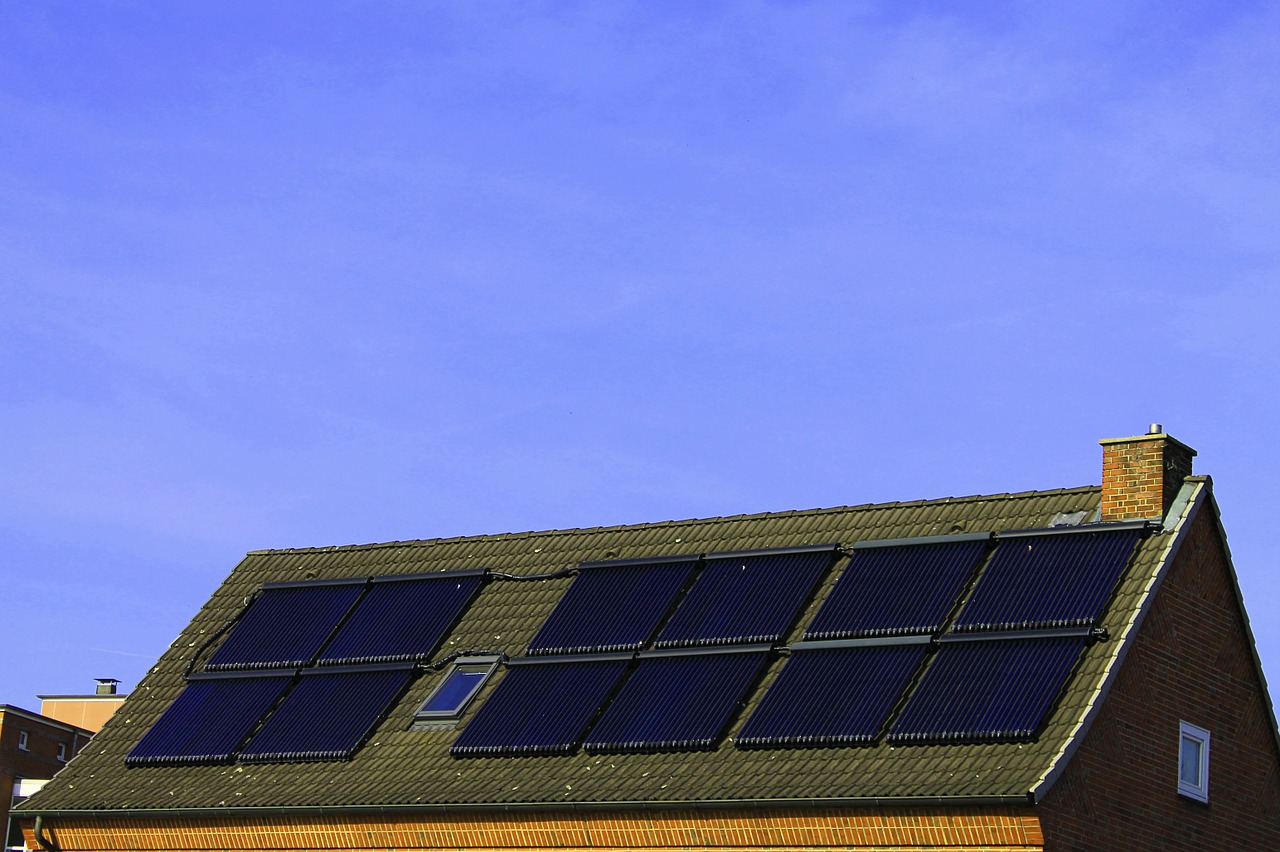Undoubtedly, the two concepts mentioned most often in energy sector news during the first half were ‘photovoltaic’ and ‘self-consumption’. Two concepts very much related. Both are closely linked to other main news themes of the period: renewables, climate change, decarbonization, power purchase agreements, national energy and climate plans etc, and both are key aspects of what AleaSoft calls “the photovoltaic revolution”.
Worldwide this year the main theme is climate change, in the energy sector and outside it, either because its consequences are increasingly perceptible or because, following the economic crisis of the last decade, now appears the moment to undertake the changes necessary to mitigate it. In Spain at least, photovoltaics and self-consumption are two of the best weapons in the fight against the climate emergency.
The Iberian peninsula – and Southern Europe in general – enjoys a privileged position where the natural resource of solar radiation is abundant. That represents an extraordinary opportunity for photovoltaics in the southern regions of the continent which are generally less economically developed. A well managed natural resource involves investment, new infrastructure, economic development and job creation.
In February, the draft of Spain’s Royal Decree to regulate self-consumption was published to simplify administrative procedures and enhance the development of small scale renewable energy systems. On April 5, the Royal Decree was approved, laying the foundations for an explosion of photovoltaic self-consumption with all its advantages – plus its problems and inconveniences if not implemented in a planned manner.
Self-consumption has ramifications for many of the topics that made headlines in the wider media. It concerns the decentralization of electricity production – an objective and an immediate consequence of an increase of self-consumption – but also relates to the charging of electric vehicles, the use of blockchain technology for the management of surplus energy, battery and hydrogen deployment for energy storage and other more abstract concepts, such as energy sovereignty.
The fall in the price of photovoltaic panels makes it possible to amortize self-consumption facilities in an attractive amount of time, both for domestic and industrial installations. But it also makes possible the profitability of PV plants which sell energy directly to market, without state aid or participation in public renewable energy auctions.
Even though the operation of such ‘merchant PV’ power plants is profitable, it continues to be necessary to obtain financing for construction and commissioning. It is here where another of the most popular topics discussed in the first half crops up: the PPA, or power purchase agreement. These bilateral long-term contracts are a tool that fits well to the case of obtaining funding for new renewables projects.
A PPA guarantees the sale of the energy produced by a renewable installation for 10, 15 or 20 years, ensuring a flow of income. On the other hand, to the offtaker – the buyer of the energy – it supposes a supply of green energy that can be advertised to back corporate social responsibility objectives.
The fact PV is the preferred technology in the fight against climate change in Spain is justified: it is a renewable energy technology with an abundant resource and relatively small environmental impact – smaller than rival renewable energies anyway – and which enables self-consumption. The draft of the Spanish NECP – the National Energy and Climate Plan published in the first half by the Ministry for the Ecological Transition – is committed to PV technology to achieve European objectives of reducing CO2 emissions and those of other greenhouse gases.
The NECP, with regard to the decarbonization of electricity generation, aims to achieve at least 70% of electricity generation from renewables by 2030 and a final target of 100% by 2050. The draft proposes for 2030 the installation of 32 GW of PV, 5 GW of solar thermal and 27 GW of wind energy. In total, around 65 GW of new renewables power compared to the withdrawal of 15 GW of conventional power between coal, co-generation and nuclear energy.
The backup for intermittent renewable energy production will be the production of gas combined cycles, which will maintain their installed capacity, and storage with new pumping stations and 2.5 GWh of battery capacity. However, in AleaSoft’s analysis on the draft NECP, the absence of hydrogen as an energy storage tool for long periods was highlighted.
Another way to achieve the reduction of CO2 emissions, also discussed in the NECP, was another much-discussed topic in the first half: energy efficiency. Making demand more flexible by creating a demand aggregator – already provided in reforms of the European electricity market – will enable greater penetration of renewable energy production. According to analysis by AleaSoft of the evolution of electricity demand in Spain, it is already clear how energy efficiency has increased since the economic crisis due to the resulting reduction of energy intensity.
But the PV revolution consequences which cast a shadow. They are the ‘duck curve’ and price cannibalization. It is feared the massive addition of non-dispatchable energy generated by PV could cause a fall in prices during the hours of maximum production. Long-term forecasts for the electricity market predict dramatic price falls which would jeopardize renewables investment because they threaten profitability.
On the feasibility of future renewable energy projects, a long-term market price forecast should be able to answer the question: What is the probability the average market price in 2030 will be below €30/MWh?

